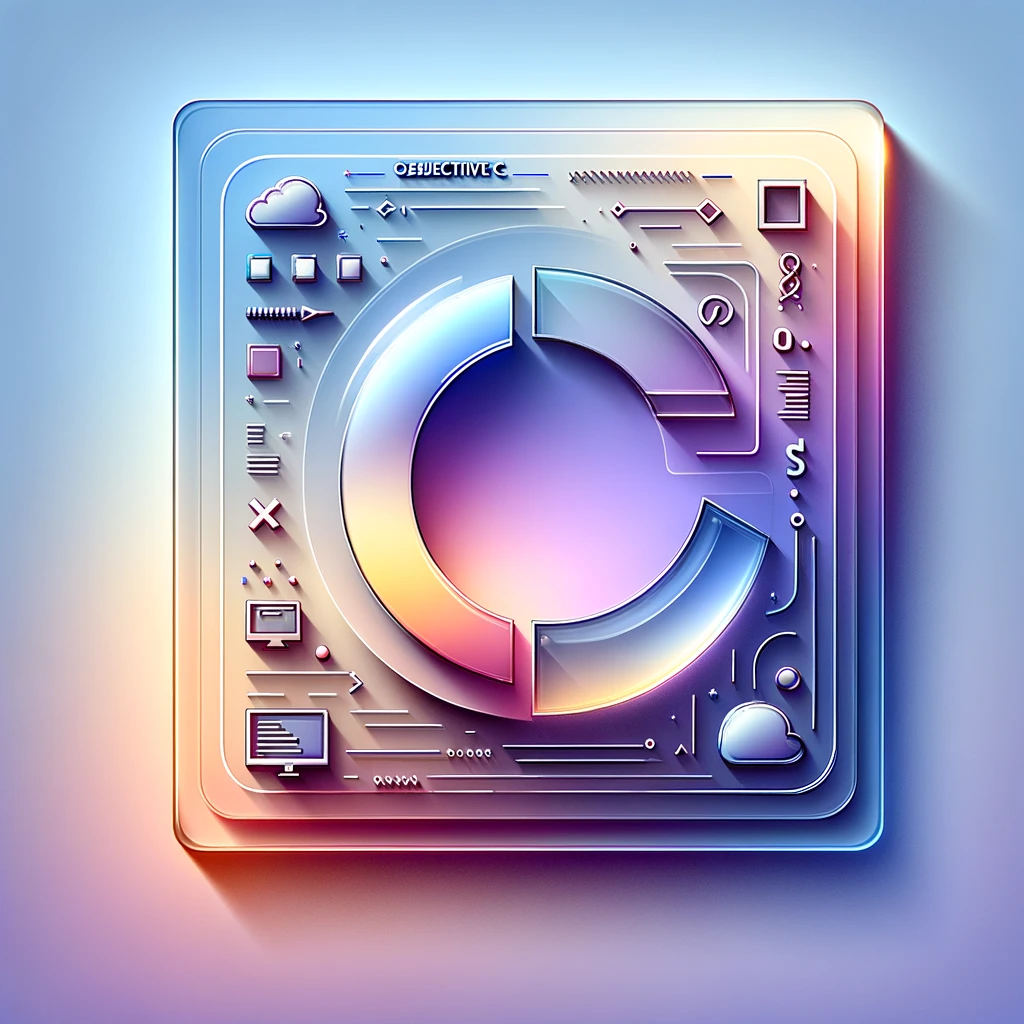NSArray and NSDictionary
Arrays in Objective-C are represented by the NSArray class for immutable arrays and the NSMutableArray class for mutable arrays. An array is an ordered collection of objects, and it can store multiple objects of different types.

This article provides an in-depth look at two fundamental collection types in Objective-C: arrays and dictionaries. Arrays are used to store ordered collections of objects, while dictionaries are used to store key-value pairs. We will explore how to create, manipulate, and iterate over these collections, as well as some common use cases and best practices.
Understanding Arrays in Objective-C
Arrays in Objective-C are represented by the NSArray class for immutable arrays and the NSMutableArray class for mutable arrays. An array is an ordered collection of objects, and it can store multiple objects of different types.
Creating and Using Arrays
To create an immutable array, you use the NSArray class. Here’s an example of how to create and use an NSArray:
NSArray *fruits = @[@"Apple", @"Banana", @"Cherry"];
NSString *firstFruit = [fruits objectAtIndex:0];
NSLog(@"First fruit: %@", firstFruit);
In this example, we create an NSArray containing three strings. We then retrieve the first element using the objectAtIndex: method.
Mutable Arrays
If you need to modify the contents of an array, use the NSMutableArray class. Here’s how you can create and modify a mutable array:
NSMutableArray *mutableFruits = [NSMutableArray arrayWithArray:@[@"Apple", @"Banana"]];
[mutableFruits addObject:@"Cherry"];
NSLog(@"All fruits: %@", mutableFruits);
In this example, we create a mutable array with two elements, then add a third element using the addObject: method. The contents of the array are then logged.
Iterating Over Arrays
You can iterate over the elements of an array using a for loop or fast enumeration. Here’s an example using fast enumeration:
NSArray *fruits = @[@"Apple", @"Banana", @"Cherry"];
for (NSString *fruit in fruits) {
NSLog(@"Fruit: %@", fruit);
}
Fast enumeration provides a concise way to iterate over all elements in the array, logging each fruit to the console.
Understanding Dictionaries in Objective-C
Dictionaries in Objective-C are represented by the NSDictionary class for immutable dictionaries and the NSMutableDictionary class for mutable dictionaries. A dictionary stores key-value pairs, where each key is unique and maps to a corresponding value.
Creating and Using Dictionaries
To create an immutable dictionary, you use the NSDictionary class. Here’s an example of how to create and use an NSDictionary:
NSDictionary *person = @{@"name": @"John", @"age": @30};
NSString *name = [person objectForKey:@"name"];
NSLog(@"Name: %@", name);
In this example, we create an NSDictionary with two key-value pairs. We then retrieve the value for the key "name" using the objectForKey: method.
Mutable Dictionaries
If you need to modify the contents of a dictionary, use the NSMutableDictionary class. Here’s how you can create and modify a mutable dictionary:
NSMutableDictionary *mutablePerson = [NSMutableDictionary dictionaryWithDictionary:@{@"name": @"John"}];
[mutablePerson setObject:@30 forKey:@"age"];
NSLog(@"Person: %@", mutablePerson);
In this example, we create a mutable dictionary with one key-value pair, then add another key-value pair using the setObject:forKey: method. The contents of the dictionary are then logged.
Iterating Over Dictionaries
You can iterate over the keys and values of a dictionary using a for loop. Here’s an example:
NSDictionary *person = @{@"name": @"John", @"age": @30};
for (NSString *key in person) {
NSLog(@"%@: %@", key, [person objectForKey:key]);
}
This loop iterates over all the keys in the dictionary and logs each key and its corresponding value to the console.
Summary
Arrays and dictionaries are essential collection types in Objective-C, each serving different purposes. Arrays allow you to store ordered collections of objects, while dictionaries store key-value pairs for efficient lookups. Understanding how to create, manipulate, and iterate over these collections is crucial for effective Objective-C programming. With immutable and mutable variants for both arrays and dictionaries, you have the flexibility to choose the right type for your specific use case. Whether you need to store a simple list of items or a complex mapping of data, mastering these collection types will significantly enhance your coding capabilities in Objective-C.
- Creating and Using Arrays: How to create and retrieve elements from immutable arrays.
- Mutable Arrays: How to create and modify mutable arrays.
- Iterating Over Arrays: How to iterate over array elements using fast enumeration.
- Creating and Using Dictionaries: How to create and retrieve values from immutable dictionaries.
- Mutable Dictionaries: How to create and modify mutable dictionaries.
- Iterating Over Dictionaries: How to iterate over dictionary keys and values.





